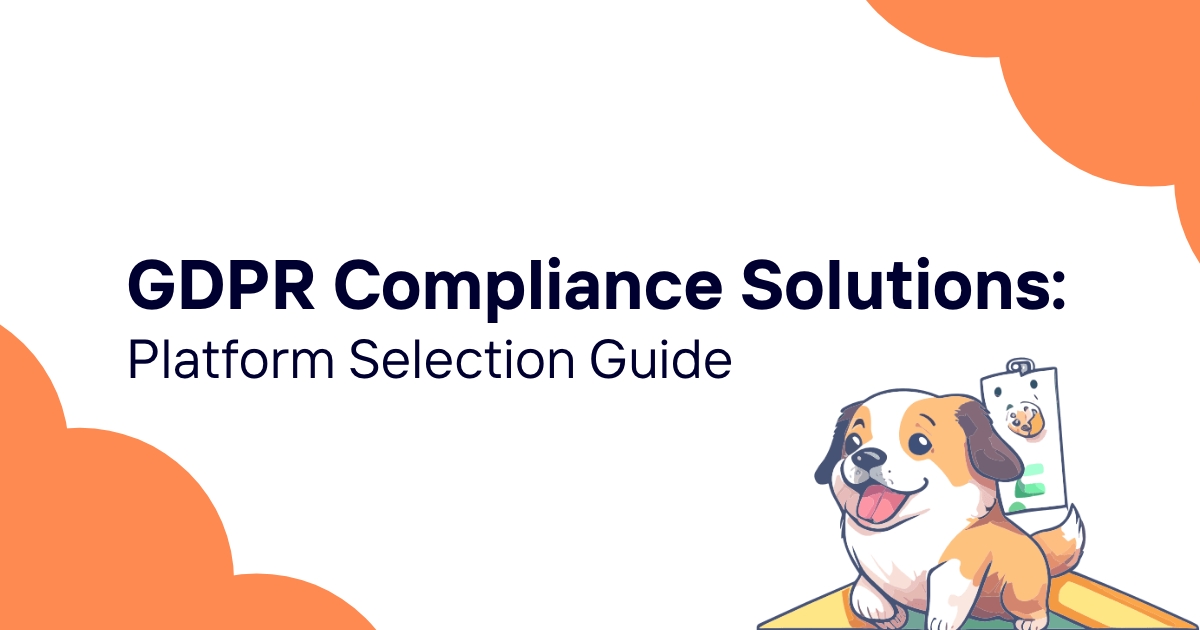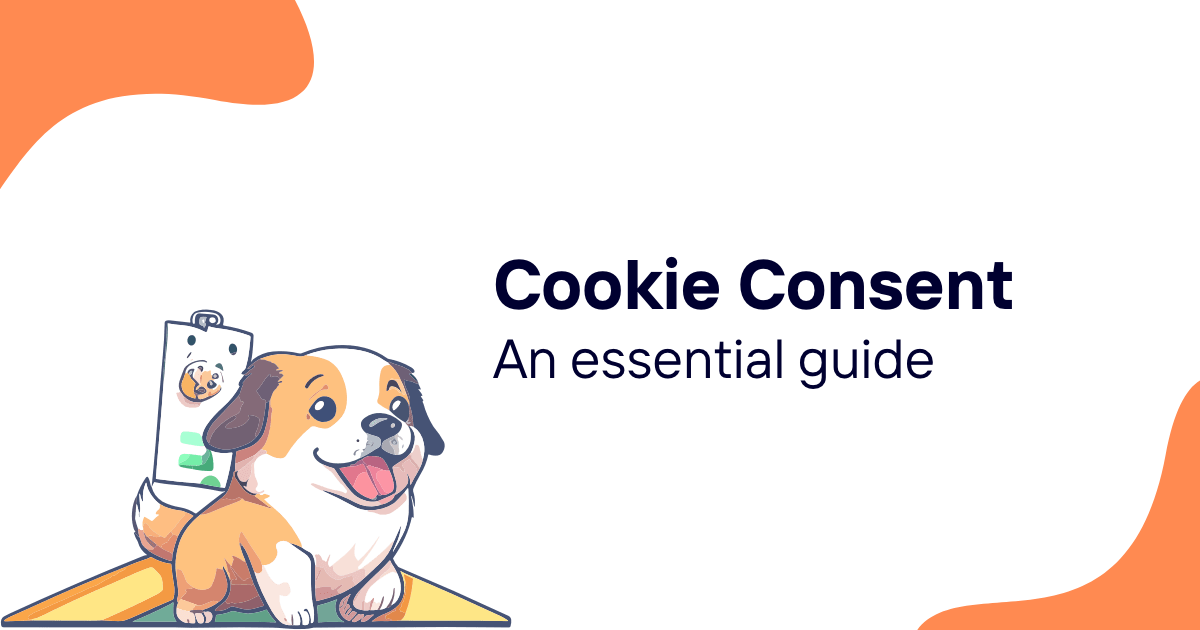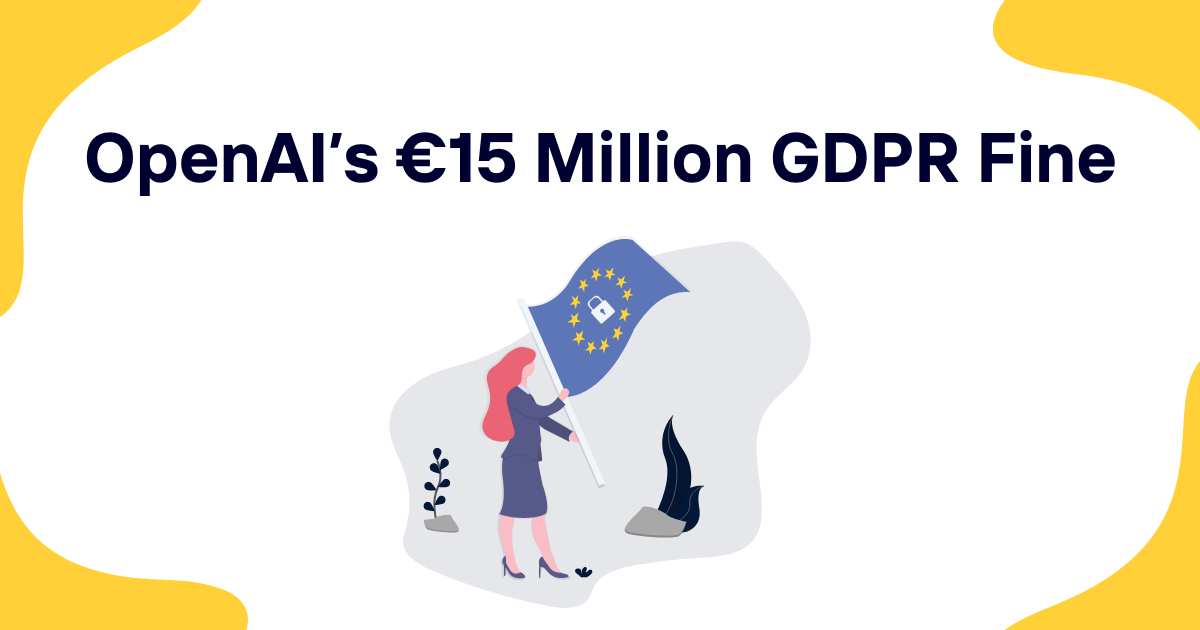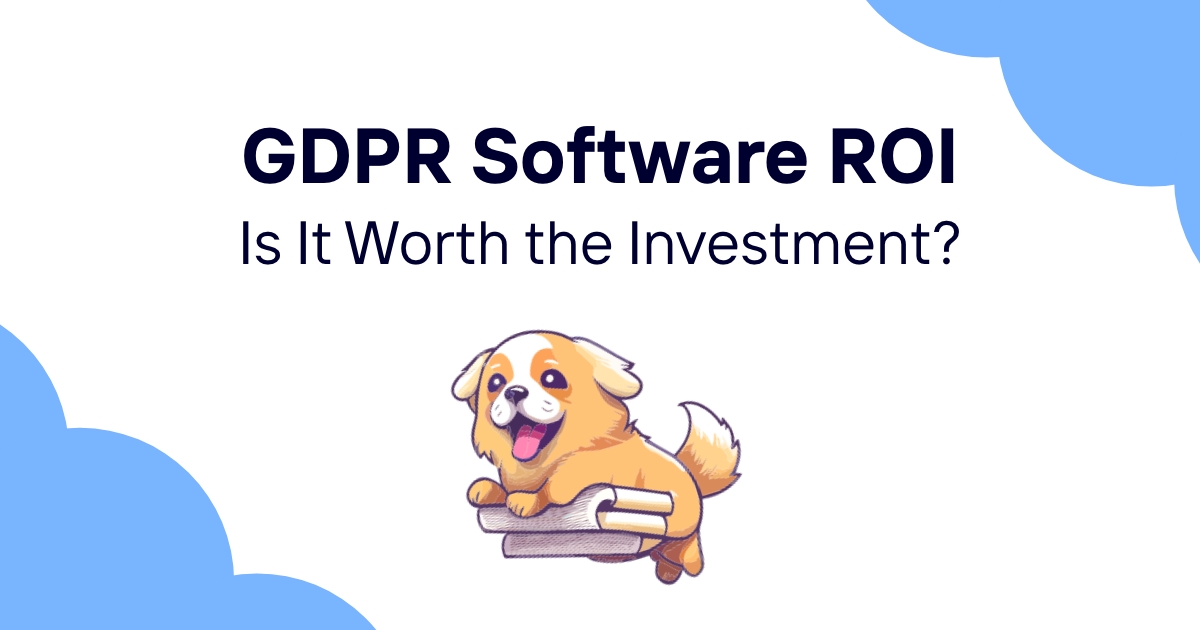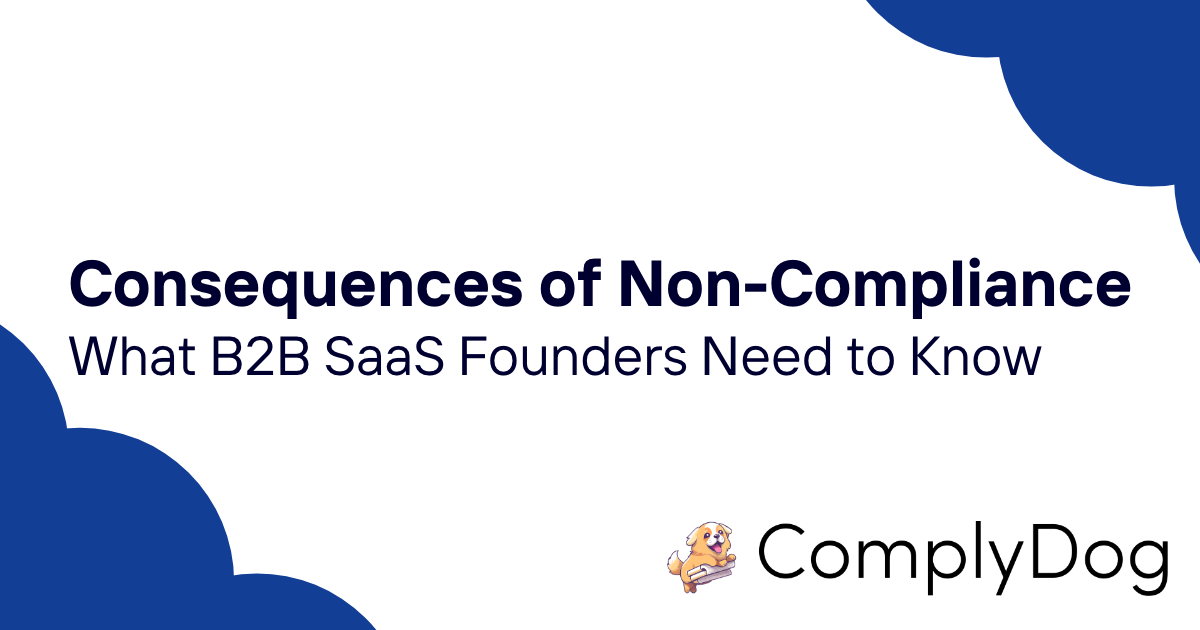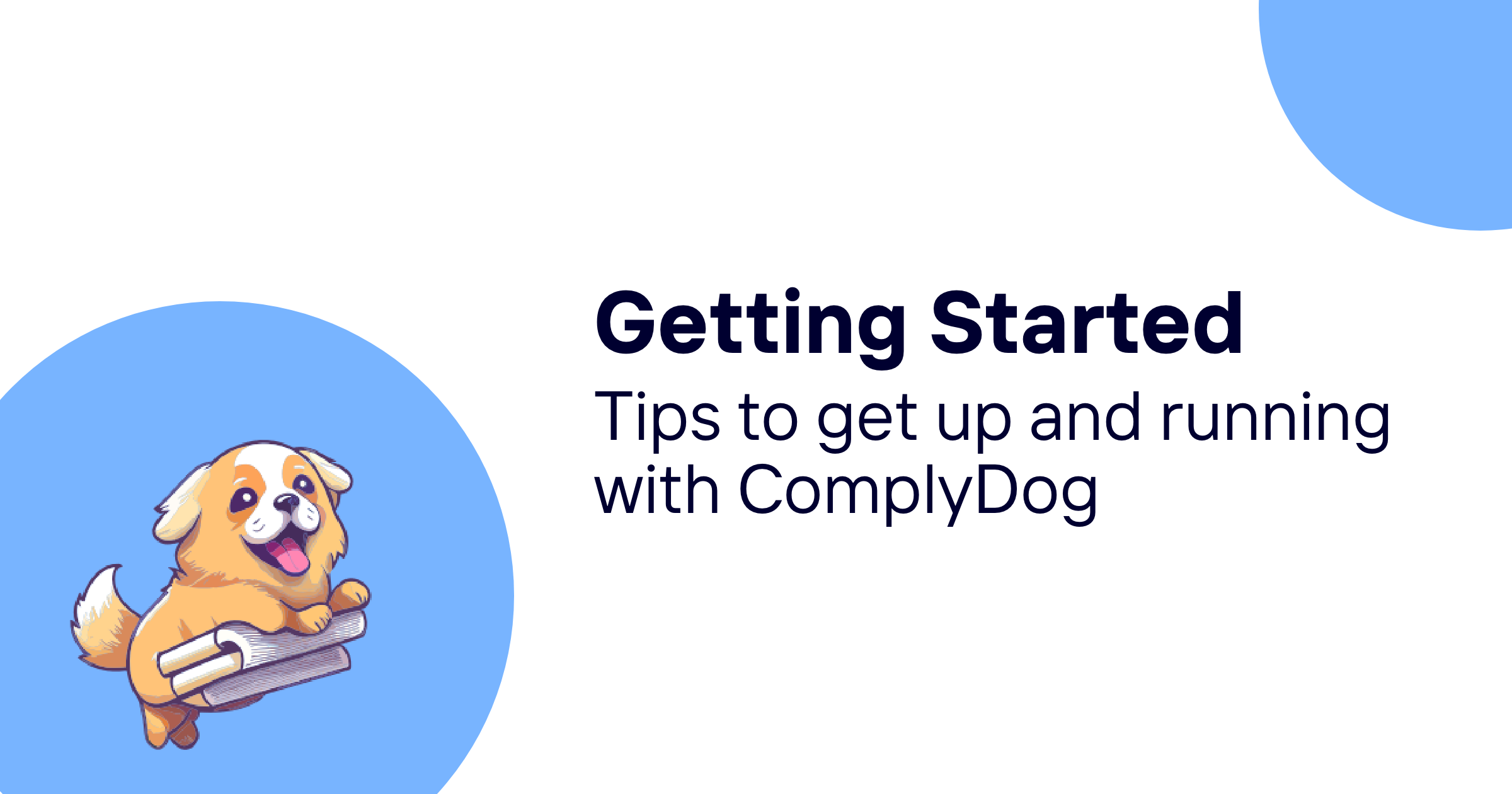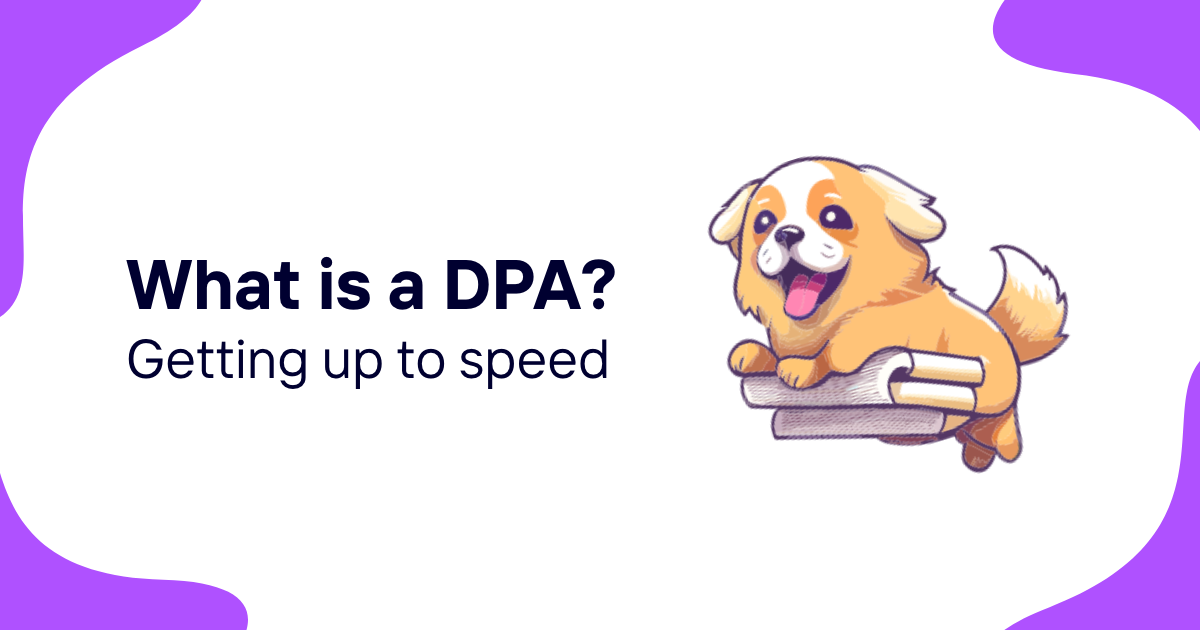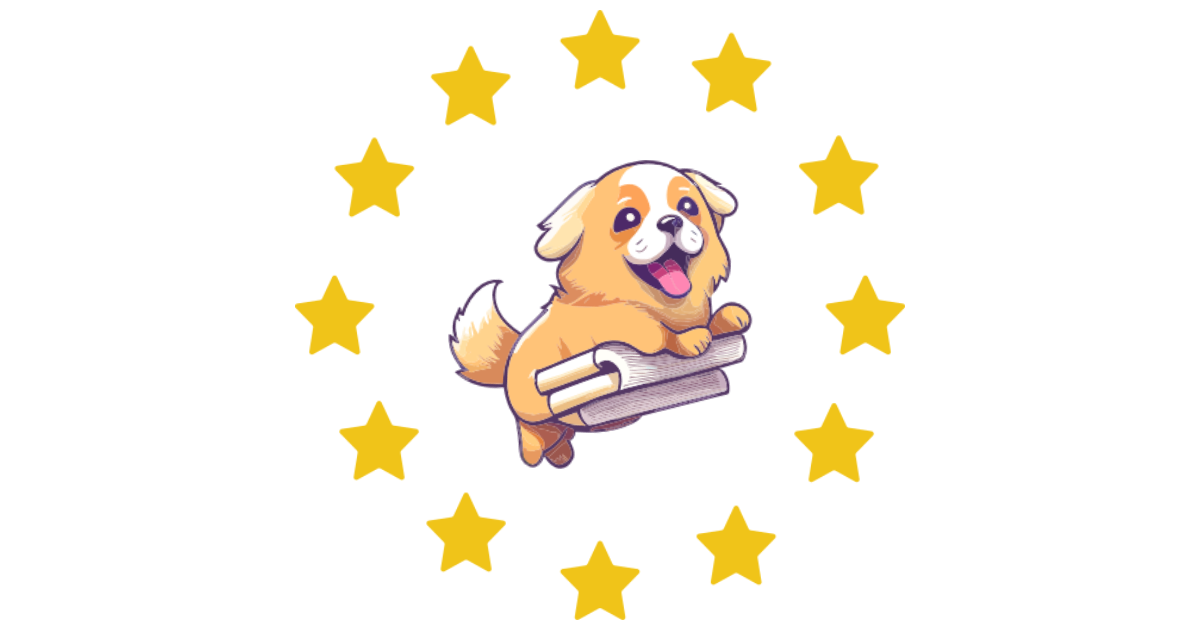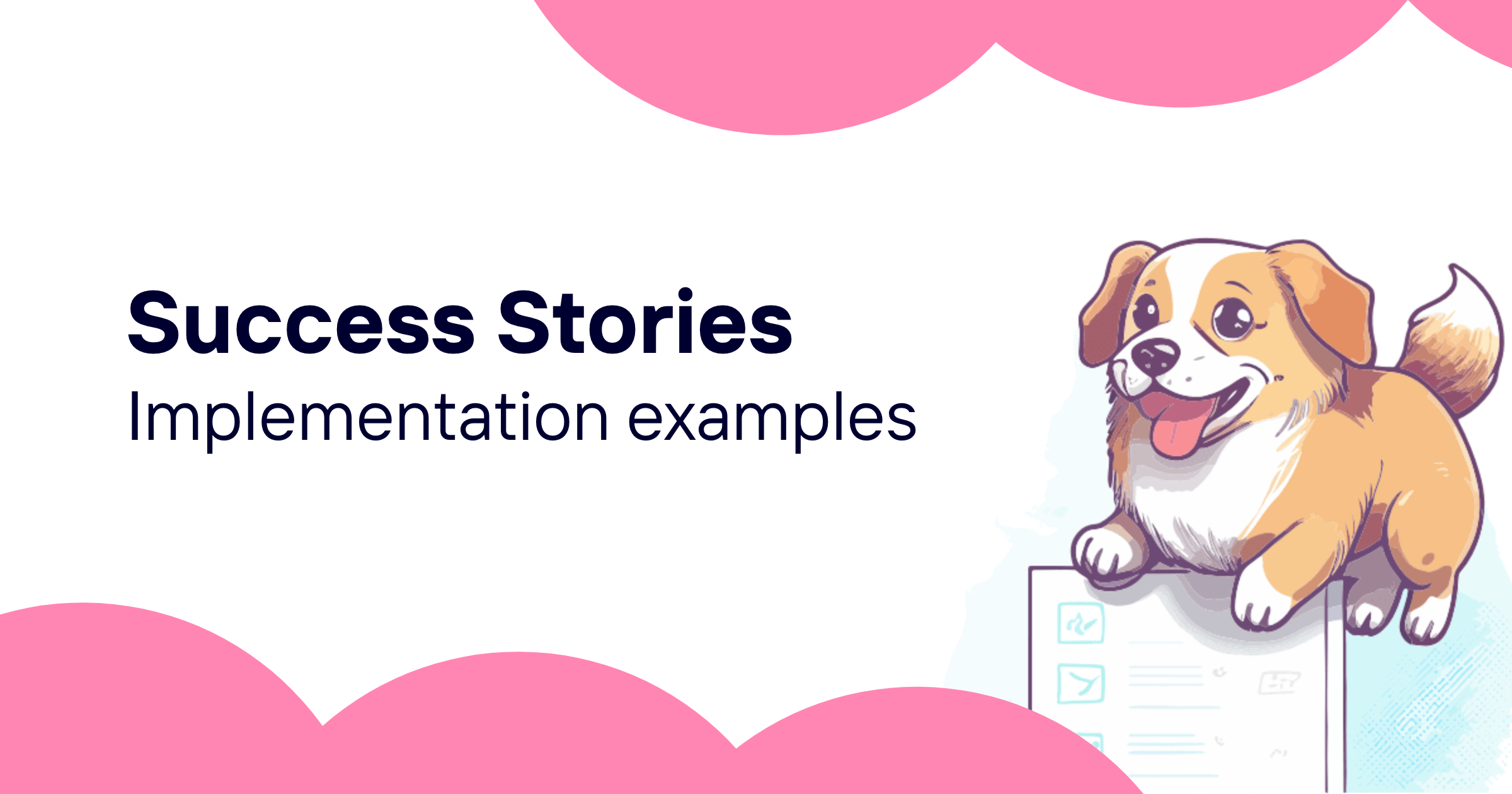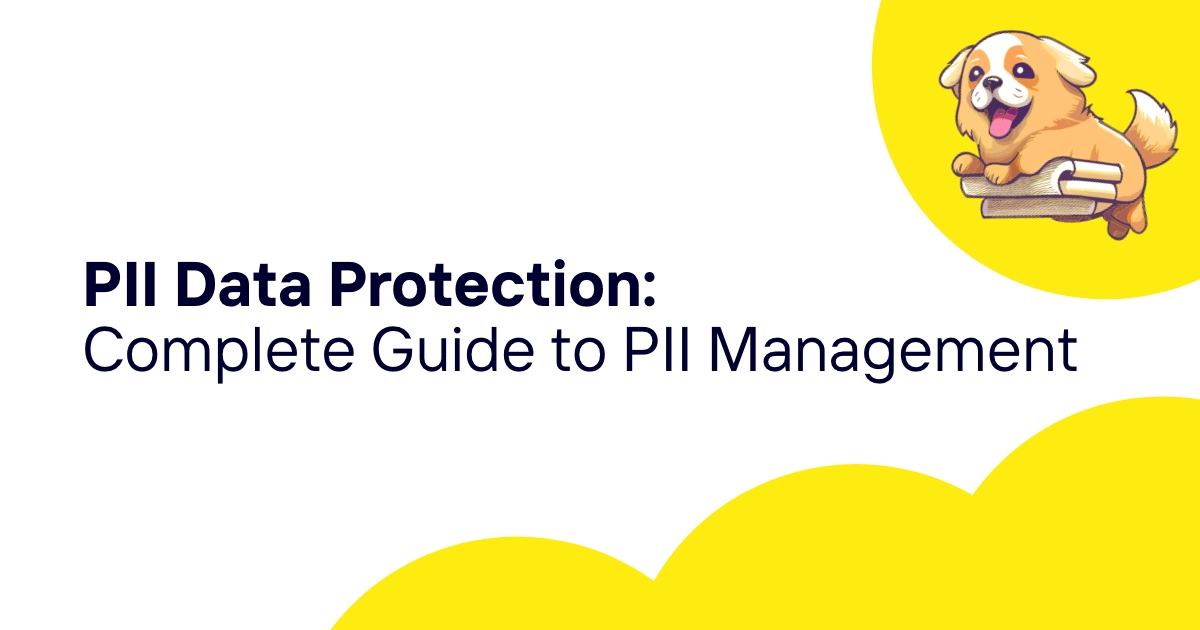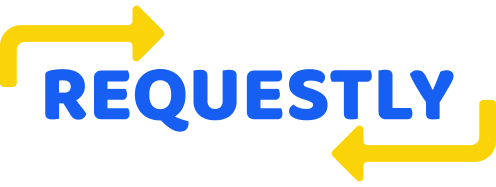Selecting the right GDPR compliance solution can transform privacy management from a resource-intensive manual process into an efficient, automated system that scales with business growth. With numerous platforms claiming to solve compliance challenges, understanding the real differences between solutions is essential for making decisions that provide long-term value.
This comprehensive guide analyzes different types of GDPR compliance solutions, comparing features, implementation requirements, and costs to help organizations choose platforms that best fit their specific needs and circumstances.
Types of GDPR Compliance Solutions
GDPR compliance solutions come in various forms, each designed to address different organizational needs, technical requirements, and compliance challenges.
Comprehensive Privacy Management Platforms
All-encompassing platforms provide integrated approaches to privacy compliance across multiple regulatory frameworks:
Enterprise Privacy Suites: Large-scale platforms designed for multinational organizations with complex compliance requirements across multiple jurisdictions and business units.
Mid-Market Integrated Solutions: Balanced platforms that provide substantial functionality without enterprise complexity, suitable for growing businesses with evolving compliance needs.
SMB Complete Solutions: Streamlined platforms designed for small and medium businesses that need comprehensive compliance without complex implementation requirements.
Industry-Specific Platforms: Specialized solutions tailored for particular industries like healthcare, financial services, or education with sector-specific compliance features.
Specialized Point Solutions
Focused tools address specific aspects of GDPR compliance with deep functionality in particular areas:
Consent Management Platforms: Specialized tools for collecting, tracking, and managing user consent across websites and digital properties.
Data Discovery and Classification: Advanced tools for automatically identifying and classifying personal data across complex technology environments.
Rights Request Management: Dedicated platforms for processing data subject access requests and other individual rights under GDPR.
Privacy Impact Assessment Tools: Specialized software for conducting and managing privacy impact assessments for new projects and initiatives.
Vendor Risk Management: Focused platforms for assessing and monitoring third-party privacy and security risks.
Cloud-Based vs On-Premises Solutions
Deployment models significantly affect functionality, maintenance requirements, and total cost of ownership:
Software-as-a-Service Platforms: Cloud-hosted solutions that provide automatic updates, scalable infrastructure, and reduced IT maintenance requirements.
On-Premises Deployments: Self-hosted solutions that provide direct control over data location and security configurations but require internal IT management.
Hybrid Architectures: Combined approaches that leverage cloud capabilities while maintaining sensitive data on-premises.
Private Cloud Options: Dedicated cloud environments that provide cloud benefits while maintaining enhanced security and control.
Integration and Standalone Solutions
Solution architecture affects how platforms work with existing business systems and technology infrastructure:
Native Integration Platforms: Solutions designed to integrate seamlessly with popular business applications and databases through pre-built connectors.
API-First Architectures: Platforms built around robust APIs that enable custom integrations with proprietary systems and specialized applications.
Standalone Applications: Self-contained solutions that operate independently but may require manual data import and export for integration.
Embedded Solutions: Privacy capabilities that integrate directly into existing business applications rather than operating as separate platforms.
All-in-One vs Specialized Solutions
Organizations must choose between comprehensive platforms that address multiple compliance areas and specialized solutions that focus on specific requirements.
Comprehensive Platform Advantages
Integrated platforms provide several benefits that can outweigh the flexibility of specialized tools:
Unified Data Management: Single platforms that manage all personal data provide consistent classification, protection, and lifecycle management across the organization.
Integrated Workflows: Connected processes for rights requests, consent management, and compliance documentation reduce manual coordination and improve efficiency.
Consistent User Experience: Single interfaces for all compliance activities reduce training requirements and improve user adoption across the organization.
Simplified Vendor Management: Single vendor relationships reduce procurement complexity, contract management overhead, and support coordination requirements.
Comprehensive Reporting: Unified dashboards provide complete visibility into compliance status across all privacy activities and organizational units.
Specialized Solution Benefits
Focused solutions offer advantages in specific circumstances and for particular organizational needs:
Deep Functionality: Specialized tools often provide more sophisticated capabilities in their focus areas than general-purpose platforms.
Best-of-Breed Performance: Organizations can select the best tool for each specific requirement rather than accepting compromise solutions.
Flexible Implementation: Specialized tools typically offer more implementation flexibility and customization options for specific use cases.
Lower Entry Costs: Point solutions often have lower initial costs and allow organizations to build compliance capabilities incrementally.
Vendor Independence: Multiple vendor relationships reduce dependency risks and provide more negotiating leverage.
Decision Factors
Several factors help determine whether comprehensive or specialized solutions are more appropriate:
Organizational Complexity: Complex organizations with multiple business units often benefit from integrated platforms that provide consistency across diverse operations.
Technical Resources: Organizations with limited IT resources often prefer comprehensive platforms that reduce integration and management complexity.
Compliance Maturity: Organizations with established compliance programs may benefit from specialized tools that enhance existing capabilities.
Budget Constraints: Budget limitations may favor either approach depending on specific cost structures and implementation requirements.
Growth Trajectory: Rapidly growing organizations often benefit from scalable comprehensive platforms rather than multiple point solutions.
Hybrid Approaches
Many organizations successfully combine comprehensive platforms with specialized tools to optimize both coverage and functionality:
Core Platform Strategy: Use comprehensive platforms for foundational compliance with specialized tools for particular high-requirement areas.
Phased Implementation: Begin with comprehensive platforms and add specialized tools as specific needs become clear.
Best-of-Breed Integration: Carefully select specialized tools that integrate well with comprehensive platforms to avoid creating disconnected compliance silos.
Vendor Coordination: Manage multiple vendor relationships strategically to ensure coordinated support and compatible roadmaps.
Solution Features and Capabilities Comparison
Understanding specific features and capabilities helps organizations evaluate how well different solutions address their particular compliance requirements and business contexts.
Data Discovery and Management
Effective GDPR compliance requires comprehensive visibility into personal data across all organizational systems:
Automated Discovery: Solutions vary significantly in their ability to automatically identify personal data across databases, file systems, and cloud storage.
Classification Accuracy: Platforms differ in classification sophistication, from simple pattern matching to advanced machine learning approaches.
Real-Time Monitoring: Some solutions provide continuous data discovery while others require scheduled scans or manual initiation.
Integration Scope: Platforms vary in their ability to discover data across different types of systems, applications, and storage environments.
Data Lineage Tracking: Advanced solutions track how personal data moves and transforms through business processes and system integrations.
Rights Request Processing
Efficient processing of individual rights requests requires sophisticated automation and workflow management:
Multi-Channel Intake: Solutions differ in their ability to capture requests from email, web forms, phone calls, and other communication channels.
Identity Verification: Platforms vary in their identity verification approaches, balancing security with user accessibility.
Automated Data Retrieval: Some solutions can automatically compile personal data across systems while others require manual collection processes.
Response Generation: Advanced platforms automatically generate compliant responses while basic solutions provide templates and workflow guidance.
Timeline Management: Solutions differ in their ability to track deadlines, send reminders, and ensure compliance with response timelines.
Consent Management
Consent collection and management capabilities vary significantly between platforms:
Consent Collection Tools: Solutions range from basic cookie banners to sophisticated preference centers with granular consent options.
Cross-Device Synchronization: Advanced platforms synchronize consent preferences across multiple devices and touchpoints.
Consent Analytics: Some solutions provide detailed analytics about consent rates and user preferences for optimization purposes.
Withdrawal Processing: Platforms differ in their ability to process consent withdrawal and automatically enforce preference changes.
Audit Trails: Solutions vary in the comprehensiveness of consent records and audit trail capabilities for compliance verification.
Vendor and Risk Management
Third-party risk management capabilities help organizations manage complex vendor relationships:
Assessment Automation: Some platforms automate vendor privacy assessments while others provide questionnaire templates and manual processes.
Contract Management: Advanced solutions integrate vendor risk assessment with contract management and legal documentation.
Ongoing Monitoring: Platforms differ in their ability to continuously monitor vendor compliance and security practices.
Risk Scoring: Some solutions provide quantitative risk scoring while others rely on qualitative assessment approaches.
Remediation Tracking: Advanced platforms track vendor remediation activities and compliance improvement over time.
As referenced in our GDPR checklist guide, comprehensive solutions should address all major compliance requirements systematically.
Implementation and Integration Requirements
Solution implementation complexity significantly affects total cost of ownership, time to value, and long-term success with compliance platforms.
Technical Integration Complexity
Different solutions have varying technical requirements that affect implementation timelines and resource needs:
Database Connectivity: Platforms require different levels of database access and integration complexity, from read-only connections to full bidirectional integration.
API Requirements: Solutions vary in their API sophistication and the technical expertise required for effective integration with existing systems.
Security Standards: Different platforms have varying security requirements that may conflict with organizational security policies or require additional infrastructure investment.
System Dependencies: Some solutions require specific operating systems, databases, or middleware components that may not align with existing technology infrastructure.
Performance Impact: Platform integration can affect existing system performance differently depending on architecture and resource requirements.
Organizational Change Requirements
Successful solution implementation requires varying levels of organizational change and adaptation:
Process Modification: Some solutions require significant changes to existing business processes while others adapt to current workflows.
Staff Training: Different platforms have varying learning curves and training requirements for effective user adoption.
Role Definition: Solutions may require new organizational roles or significant changes to existing job responsibilities.
Cultural Adaptation: Some platforms require cultural shifts toward privacy-by-design thinking while others work within existing organizational cultures.
Stakeholder Engagement: Implementation success requires different levels of engagement from legal, IT, business, and executive stakeholders.
Implementation Timeline Factors
Various factors affect how quickly organizations can deploy and benefit from compliance solutions:
Configuration Complexity: Solutions range from plug-and-play deployment to complex customization requiring months of professional services.
Data Migration: Some platforms require extensive data migration while others work with existing data in place.
Testing Requirements: Different solutions require varying levels of testing and validation before production deployment.
User Acceptance: Platform usability and functionality affect user adoption timelines and change management requirements.
Professional Services: Some vendors provide extensive implementation support while others rely primarily on self-service deployment.
Integration Best Practices
Successful integration requires attention to both technical and organizational factors:
Phased Deployment: Implement solutions in logical phases that build capability progressively while minimizing disruption.
Pilot Programs: Test solutions with limited scope before full deployment to identify issues and optimize configuration.
Change Management: Invest in comprehensive change management including communication, training, and ongoing support.
Performance Monitoring: Monitor solution performance and user adoption to identify optimization opportunities and address issues quickly.
Vendor Coordination: Maintain close coordination with vendors during implementation to leverage their expertise and avoid common pitfalls.
Pricing Models and Total Cost of Ownership
Understanding different pricing approaches helps organizations budget appropriately and select vendors with sustainable cost structures that align with business growth.
Common Pricing Structures
GDPR compliance solutions use various pricing models that affect total cost of ownership differently:
Per-User Subscriptions: Monthly or annual fees based on the number of users accessing the platform, with pricing typically ranging from $25-200 per user per month.
Data Volume Pricing: Costs based on the amount of personal data processed, number of data subjects, or volume of rights requests handled.
Flat-Rate Enterprise Licensing: Fixed annual or multi-year fees that provide unlimited usage within agreed parameters, typically for larger organizations.
Feature-Based Tiers: Multiple pricing levels with different capabilities, allowing organizations to choose appropriate functionality while controlling costs.
Transaction-Based Pricing: Costs based on specific activities like rights requests processed, assessments completed, or notifications sent.
Hidden Costs and Additional Expenses
Comprehensive cost analysis must include expenses beyond basic licensing fees:
Implementation Services: Professional services for setup, configuration, data migration, and initial training can range from 25-100% of annual license costs.
Integration Development: Custom integration work with existing systems may require additional development resources or vendor services.
Training and Certification: Ongoing training costs for staff education and platform certification programs.
Support and Maintenance: Annual support fees and costs for ongoing platform updates and technical assistance.
Infrastructure Requirements: Additional hardware, cloud services, or security tools required for platform operation.
Internal Resources: Staff time for platform administration, ongoing management, and compliance activities.
ROI Calculation Framework
Measuring return on investment requires comparing platform costs against compliance benefits and risk reduction:
Direct Cost Savings: Reduced staff time for manual compliance tasks, faster rights request processing, and automated documentation generation.
Risk Mitigation Value: Reduced likelihood of regulatory penalties, data breaches, and compliance violations.
Operational Efficiency: Streamlined compliance processes that enable faster business decisions and reduced administrative overhead.
Competitive Advantage: Enhanced customer trust and potential revenue benefits from superior privacy practices.
Scalability Benefits: Ability to handle compliance requirements as business grows without proportional increases in compliance staff.
Budget Planning Considerations
Effective budget planning ensures adequate resources for successful implementation and ongoing operation:
Multi-Year Planning: Consider total costs over 3-5 year periods to account for growth, feature expansion, and vendor price changes.
Contingency Reserves: Budget additional funds for unexpected implementation challenges, scope expansion, or integration complexity.
Scaling Projections: Plan for cost increases as data volumes, user counts, or compliance requirements grow over time.
Vendor Negotiation: Understand vendor pricing flexibility and negotiate favorable terms including multi-year discounts and usage commitments.
Alternative Evaluation: Compare total cost of ownership across different vendors and deployment models to optimize value.
Vendor Evaluation Criteria
Selecting the right vendor requires systematic evaluation across multiple dimensions that affect both short-term implementation success and long-term platform value.
Vendor Stability and Viability
Platform selection requires considering long-term vendor prospects to ensure ongoing support and development:
Financial Health: Assess vendor financial stability through funding sources, revenue growth, and market position indicators.
Market Position: Evaluate vendor competitive positioning, customer base size, and market share trends.
Product Investment: Review vendor research and development spending and evidence of ongoing platform enhancement.
Customer Retention: Analyze customer satisfaction metrics, retention rates, and reference quality.
Regulatory Expertise: Assess vendor knowledge of privacy regulations and ability to adapt platforms to regulatory changes.
Support and Service Quality
Ongoing vendor support significantly affects platform success and user satisfaction:
Support Responsiveness: Evaluate vendor support quality through response times, resolution rates, and customer feedback.
Documentation Quality: Review platform documentation for completeness, accuracy, and usability.
Training Resources: Assess available training programs, certification options, and educational materials.
Professional Services: Evaluate implementation support, consulting services, and ongoing optimization assistance.
Community Resources: Consider user communities, forums, and peer support opportunities.
Technology and Innovation
Platform technology choices affect current functionality and future adaptability:
Architecture Quality: Assess platform architecture for scalability, security, and integration capabilities.
Innovation Track Record: Review vendor history of platform enhancements and technology leadership.
Roadmap Alignment: Evaluate vendor product roadmaps for alignment with organizational needs and industry trends.
Security Standards: Assess platform security capabilities and vendor security practices.
Integration Ecosystem: Review available integrations and vendor partnerships that support platform connectivity.
Customer References and Case Studies
Real-world experience provides valuable insights into platform effectiveness and vendor performance:
Reference Quality: Speak with customers in similar industries or with comparable compliance requirements.
Implementation Success: Understand typical implementation timelines, challenges, and success factors.
Ongoing Satisfaction: Assess long-term customer satisfaction and platform value realization.
Use Case Alignment: Find customers with similar use cases and compliance requirements for relevant insights.
Lessons Learned: Understand common pitfalls and success strategies from experienced customers.
Solution Selection Framework
Systematic selection frameworks help organizations make objective decisions based on comprehensive evaluation rather than vendor presentations or marketing materials.
Requirements Definition
Effective selection begins with clear definition of organizational requirements and success criteria:
Functional Requirements: Document specific compliance capabilities needed including data discovery, rights processing, and reporting features.
Technical Requirements: Define integration needs, security requirements, and performance expectations for platform operation.
Operational Requirements: Specify user experience expectations, training needs, and ongoing management requirements.
Business Requirements: Identify budget constraints, timeline expectations, and business impact considerations.
Compliance Requirements: Document specific regulatory requirements and industry standards that platforms must support.
Evaluation Methodology
Structured evaluation processes ensure comprehensive assessment while maintaining objectivity:
Scoring Frameworks: Develop weighted scoring systems that objectively evaluate vendors across all important criteria.
Proof of Concept: Conduct limited pilots with leading vendors to validate capabilities and user experience.
Reference Verification: Systematically contact customer references to validate vendor claims and understand real-world performance.
Total Cost Analysis: Perform comprehensive cost analysis including all implementation, operational, and hidden costs.
Risk Assessment: Evaluate risks associated with each vendor option including technical, financial, and operational considerations.
Decision Process
Systematic decision processes help ensure stakeholder alignment and selection rationale documentation:
Stakeholder Involvement: Engage appropriate stakeholders from legal, IT, business, and executive levels in evaluation and decision processes.
Consensus Building: Build consensus among key stakeholders before making final vendor selection decisions.
Documentation Requirements: Document selection rationale and decision criteria for future reference and audit purposes.
Contract Negotiation: Negotiate favorable terms including pricing, service levels, and performance commitments.
Implementation Planning: Develop detailed implementation plans with clear timelines, milestones, and success criteria.
Implementation Best Practices
Successful solution implementation requires systematic approaches that address both technical deployment and organizational change management.
Pre-Implementation Planning
Thorough preparation sets the foundation for successful platform deployment:
Project Planning: Develop comprehensive project plans with clear timelines, resource assignments, and milestone definitions.
Team Assembly: Assemble implementation teams with appropriate technical, legal, and business expertise.
Change Management: Plan comprehensive change management activities including communication, training, and support strategies.
Risk Management: Identify potential implementation risks and develop mitigation strategies.
Success Metrics: Define clear success criteria and measurement approaches for evaluating implementation effectiveness.
Deployment Strategy
Systematic deployment approaches minimize risks while ensuring comprehensive coverage:
Phased Rollout: Implement solutions in logical phases that build capability progressively while enabling learning and optimization.
Pilot Programs: Conduct limited pilots to validate platform configuration and identify optimization opportunities.
User Training: Provide comprehensive training for all users with ongoing support and reinforcement.
Process Integration: Integrate platform capabilities with existing business processes and workflows.
Performance Monitoring: Monitor platform performance and user adoption to identify issues and optimization opportunities.
Post-Implementation Optimization
Ongoing optimization ensures platforms continue providing value and adapting to changing needs:
User Feedback: Collect and analyze user feedback to identify improvement opportunities and address adoption barriers.
Performance Analysis: Monitor platform performance metrics and usage patterns to optimize configuration and processes.
Process Refinement: Continuously refine business processes based on platform capabilities and user experience.
Vendor Relationship Management: Maintain active vendor relationships to leverage support, training, and platform enhancements.
Compliance Verification: Regularly verify that platform implementation maintains compliance with all applicable requirements.
Choosing the right GDPR compliance solution requires balancing comprehensive functionality with practical implementation considerations, cost constraints, and long-term strategic objectives. The most successful deployments result from careful planning, stakeholder involvement, and realistic assessment of organizational needs and capabilities.
For organizations looking for comprehensive GDPR compliance solutions designed specifically for modern business needs, purpose-built platforms often provide better value and faster implementation than generic enterprise solutions designed for large corporations with different requirements.
Ready to find the perfect GDPR compliance solution for your organization? Use ComplyDog and get comprehensive compliance capabilities designed for efficient implementation, transparent pricing, and complete functionality that scales with your business growth while maintaining simplicity and user-friendly operation.
